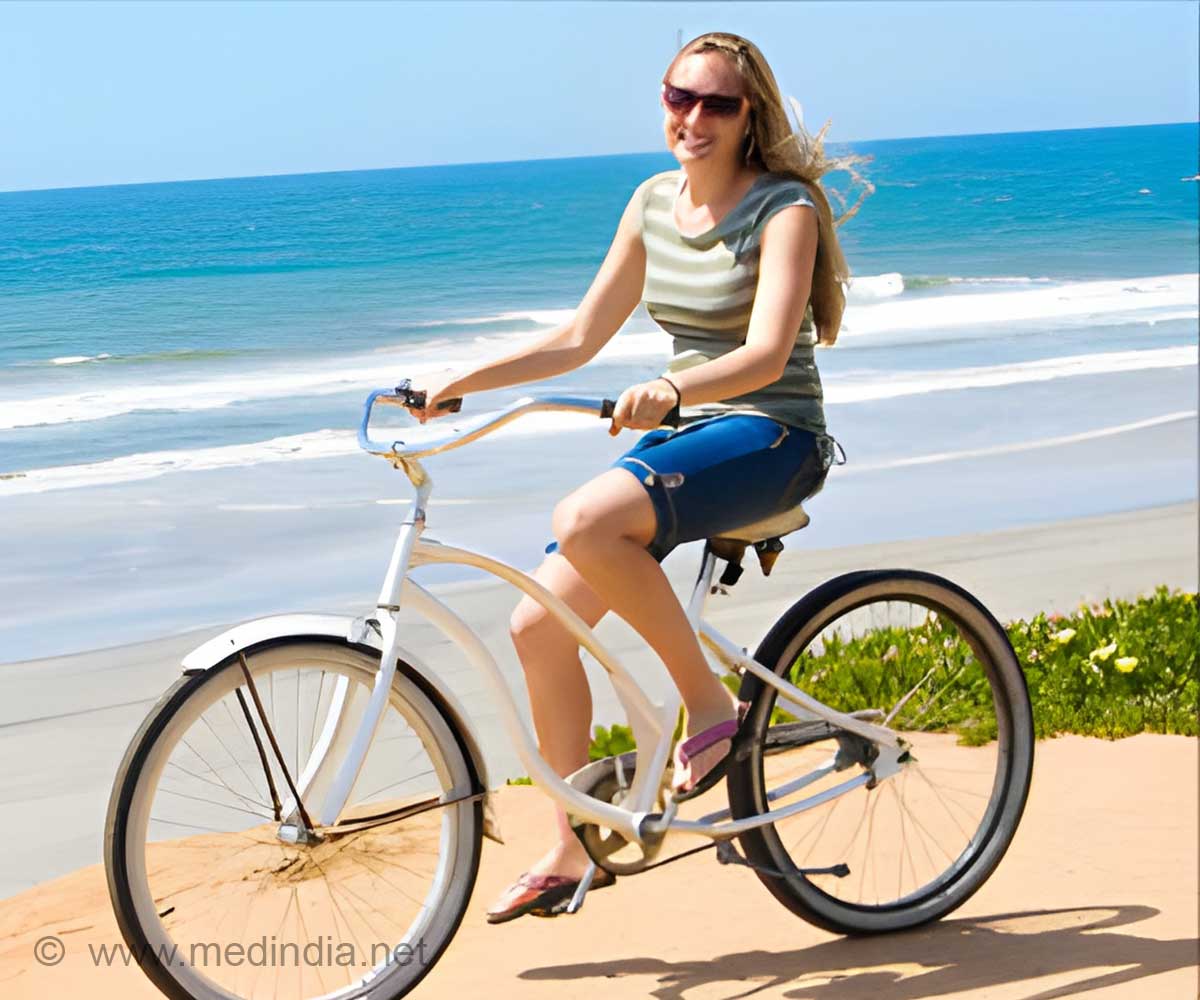
‘Cycling and Rowing in High-intensity interval training (HIIT) improves body composition, insulin sensitivity and cardiorespiratory fitness in patients with obesity and type 2 diabetes to the same extent as in lean, healthy individuals.’
Read More..Tweet it Now
The study consisted of 48 men in which15 men had type 2 diabetes and were obese (average BMI 31kg/m2). They were compared with two age-matched groups of healthy glucose-tolerant men. Read More..
The study also consisted of 15 non-diabetic participants with obesity (average BMI 31kg/m2) and 18 participants who were lean (average BMI 24kg/m2).
The participants underwent an 8-week supervised HIIT program which consisted of 3 sessions per week. The training included periods of both cycling and rowing.
Dual-energy X-ray absorptiometry (DXA) scans were used to determine body composition and VO2 max tests were used to measure oxygen utilization, and euglycemic-hyper-insulinemic clamps combined with indirect calorimetry to evaluate insulin sensitivity and metabolism.
The HIIT-sessions consisted of blocks of a minute burst of exercise done five times interspersed with 1 min rest, shifting between blocks on cycle and rowing ergometers, and with an increasing volume from 2 to 5 blocks during the 8 weeks.
Advertisement
After HIIT training for 8 weeks, all participants showed big improvements in insulin sensitivity. Average increases of 32-37% were observed in lean men and men with obesity. The increase among the diabetic group was averaged as 44%.
Advertisement
The researchers also observed a reduction of 1.6-2.3 kg of body fat mass in all three groups. Fat-free mass also increased by 0.9-1.5 kg in men with diabetic and non-diabetic men with obesity.
A 10% increase in VO2max was also observed in lean and obese healthy men, and an increase in 15% was observed in the type 2 diabetes group.
"A HIIT-protocol recruiting both lower and upper body muscles efficiently improves insulin sensitivity, VO2max and body composition to the same extent in obesity and type 2 diabetes as in lean, healthy individuals," the authors concluded.
"In patients with type 2 diabetes, the HIIT-protocol also improved glycemic control," they added.
Source-Medindia















